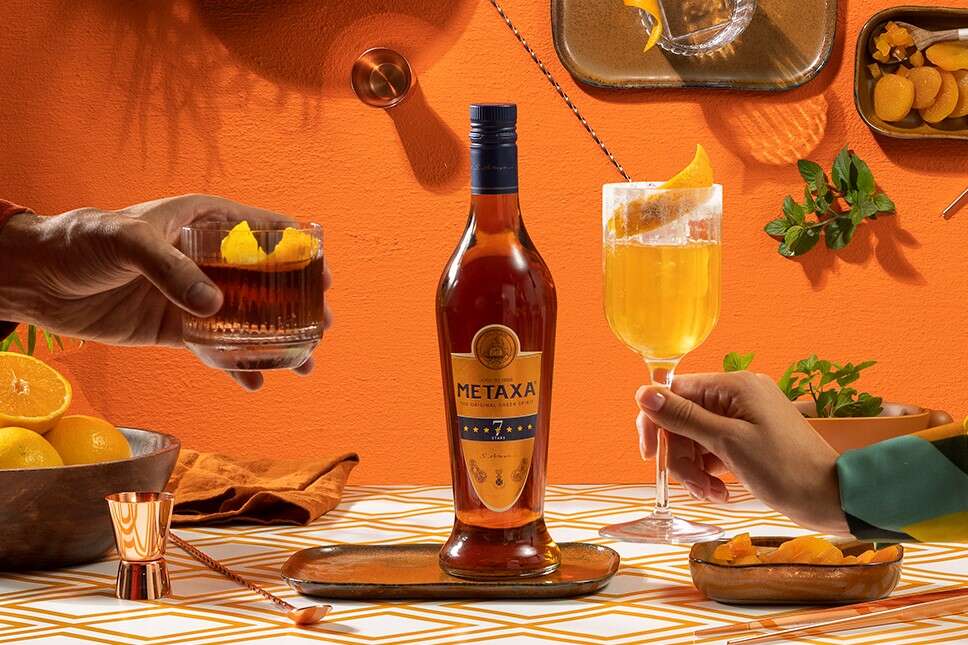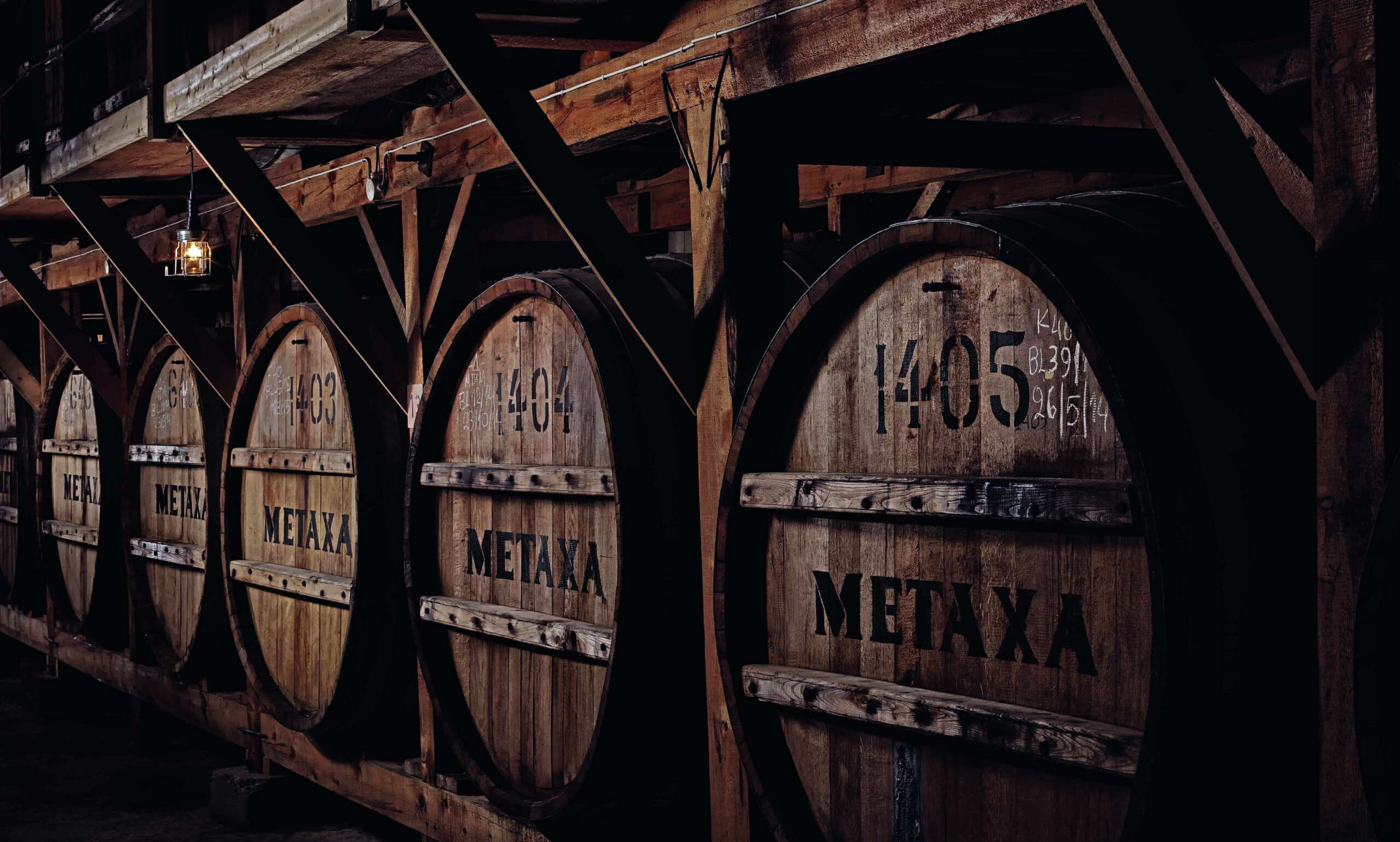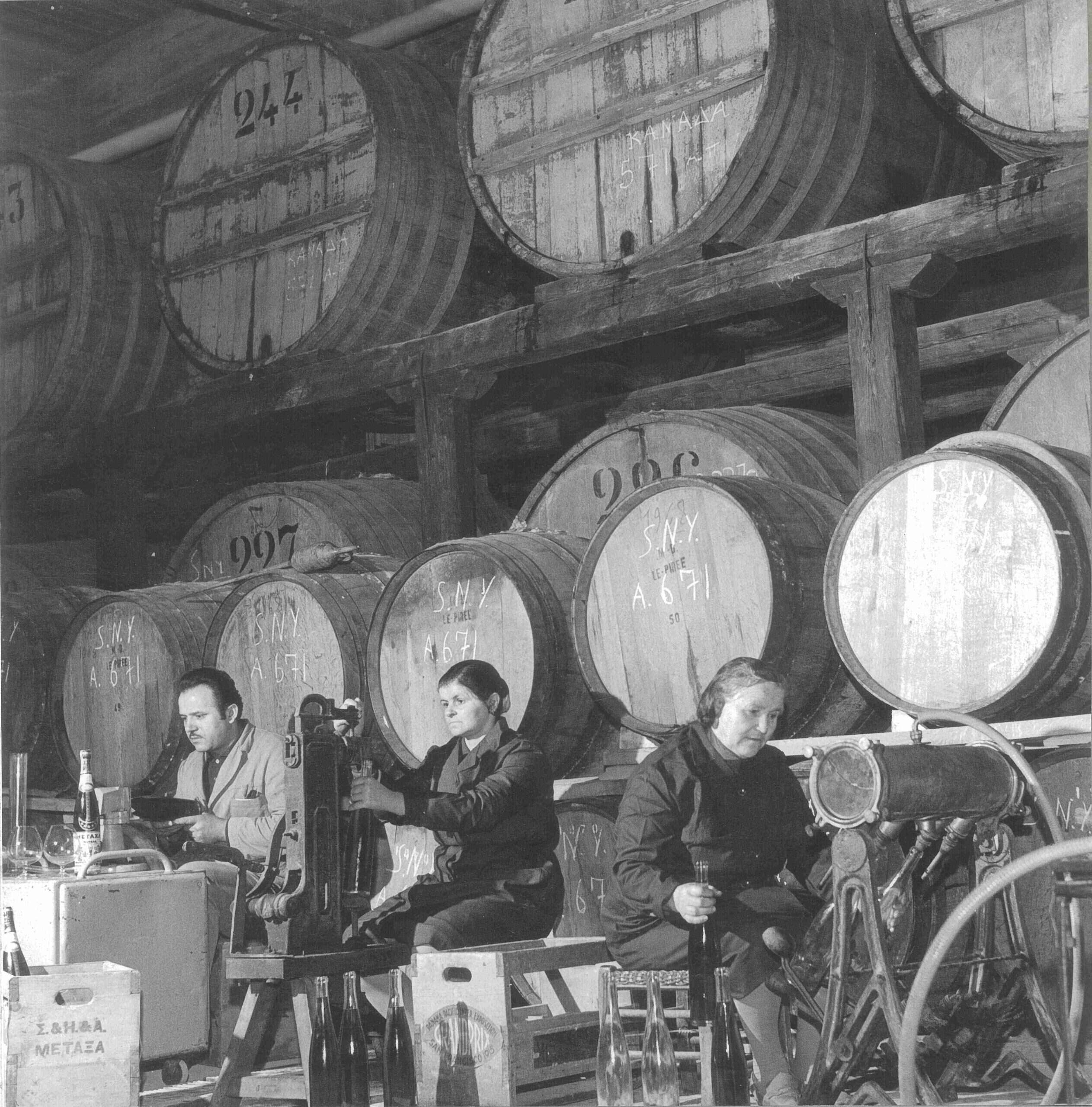
Each nation has its own iconic spirit. For Greece, it’s undoubtedly METAXA. Often compared to a cognac or brandy, METAXA is in fact its own entity. Thanks to the inclusion of sweet muscat wines, its creator Spyros Metaxa developed a spirit that would boom in popularity and become synonymous with Greek culture. The 135-year history of METAXA is a fascinating one; a Greek epic that continues to unfold to this day.
For Spyros Metaxa — the founder of the famous Greek spirit that bears his name — luxury was in his blood. Born on the Greek island of Kefalonia into a long line of silk merchants — the Greek term for silk is actually metaxi — Spyros’ early life was colored by travel and trade.

Business acumen and a passion for quality would have been instilled in his family, but Spyros’ close relatives could not have envisaged the empire he would go on to form, one that would carve the family into history.
The family silk business encouraged an early life of travel, transforming Spyros into an adventurer who wanted to see the world. Along these excursions, he was introduced to many of the varied spirits and fine wines that were being produced across Europe. These experiences would go on to influence what would become METAXA.
Following in the family tradition of curating quality products, Spyros was inspired to start his own venture within the world of spirits. The great figures in this category have always been those who have dared to break from tradition and do things differently. Spyros did just this with the inclusion of sweet muscat wines in his recipe.
These wines tempered the harsh notes that were commonplace in Greek spirits at the time and created a far smoother, enhanced spirit. During the late 1800s, the alcohol enjoyed in Spyros’ Greek homeland bared little resemblance to many of Europe’s finer offerings. The distillates that were consumed by the majority of people in Greece were intense on the palate, while lacking in aroma and character.
The crucial element was that Spyros’ spirit maintained the level of intensity that people wanted from their drinks. This was the birth of METAXA, Spyros’ distillate that would grow to become known as the original Greek spirit.
[See also: Follow in Barbara Hepworth’s Footsteps on 45 Park Lane’s Art Trail]
Building for success

Having created his magnum opus, Spyros needed to get his drink into the hands of the local populous. To do that, he needed a distillery. The 1880s were an exciting time across Europe. The second industrial revolution was in full swing, business was booming and railways were popping up across the continent.
The first METAXA factory opened in 1888 in the coastal city of Piraeus, one of Europe’s largest ports and the main access point to the Mediterranean. During the construction of Spyros’ distillery, the story goes that Spyros or one of the workers discovered an ancient medallion. Embossed upon the medallion was a depiction of the Salamina Warrior.
The Battle of Salamis was a naval battle fought just off the coast of Piraeus between an alliance of Greek city-states, led by the Athenian politician and general Themistocles and the invading Persian army led by King Xerxes. Greatly outnumbered, the Greeks won a dramatic victory and forever changed the history of the Mediterranean.

This poetic tale of triumph proved to be the ideal emblem for METAXA. The discovery of the medallion during the construction of Spyros’ first factory ensured it was destiny. As a beacon of hope, the Salamina Warrior became the de facto symbol of METAXA and graces every bottle to this day.
METAXA proved incredibly popular with the locals and quickly began to be enjoyed across Greece. The position of the distillery in Greece’s busiest port ensured immediate access to Mediterranean transport routes, and so METAXA soon found its way to the lucrative markets of Italy, Spain and France.
By 1900, only 12 years after Spyros’ distillery opened, the first bottle arrived in the US. METAXA had gone global, a vital step in the brand’s history. Bottles of the quintessential Greek spirit have continued flowing ever since.
By the late 1960s, METAXA had outgrown its modest Piraeus distillery. Following the daring spirit of METAXA, a new modern distillery was established in Kifissia, a suburb that can be found in the northeast of Athens. This spot remains the home of METAXA to this day.
[See also: The V&A Opens Blockbuster Fashion Exhibition Celebrating Divas]
The art of making METAXA

Boasting even more longevity than the current METAXA distillery, the recipe for METAXA remains totally unchanged since its inception. The glass of METAXA drank today will be remarkably similar to the one sampled by Spyros over 130 years ago. Described best as a marriage of Aegean sweet muscat wines, fine-aged wine distillates, and a secret bouquet of Mediterranean herbs and botanicals, METAXA is an experience for the senses.
Muscat wines and wine distillates are kept separate during the aging process, which occurs in oak casks. Once the aging is complete, they are combined with Mediterranean botanicals to create a sublime blend. These crucial decisions are undertaken by the “METAXA master”.
Throughout the entire history of this Greek odyssey, only five individuals — including Spyros — have been entrusted with the role of ensuring the quality and consistency of METAXA. Today, this role belongs to Constantinos Raptis. Not only is Raptis entrusted with ensuring the consistency of the classic expressions, but he also constructs fresh concoctions —such as METAXA 12 Stars.
The story of METAXA is steeped in tradition, yet Spyros’ desire to innovate continues to inspire the brand. Today, those looking for a true taste of Greece will find a bottle of METAXA in most well-stocked bars. Neat, over ice, or as part of a cocktail, METAXA has traveled a long way in establishing itself as a go-to choice for that ideal sunset aperitivo.
METAXA is available from selected retailers including Reserve Bar, Mini Bar Delivery, Drizly, and Instacart.

